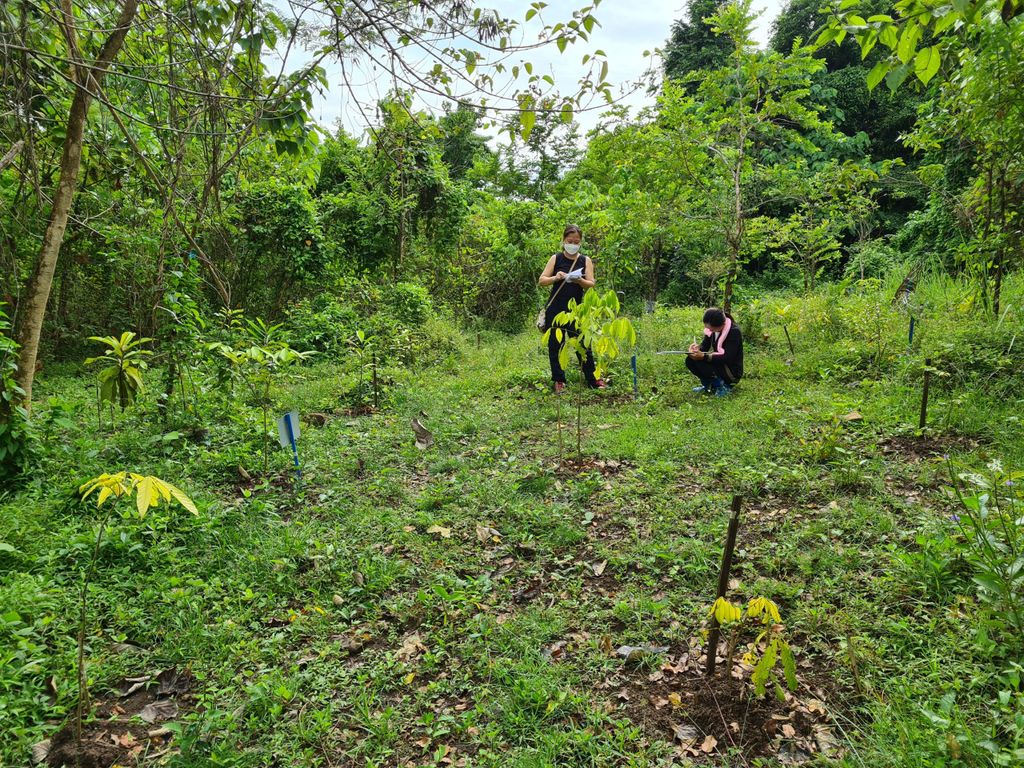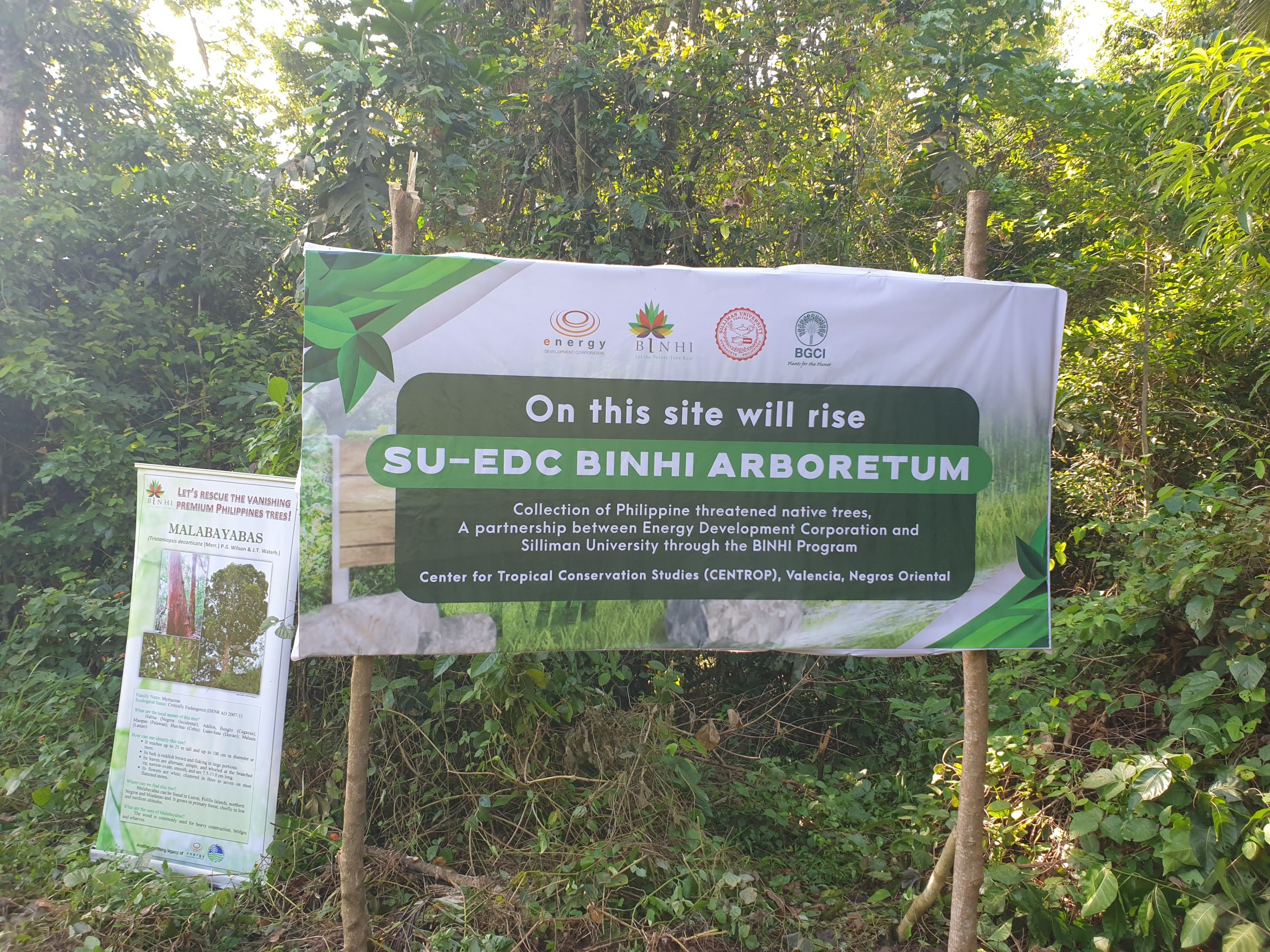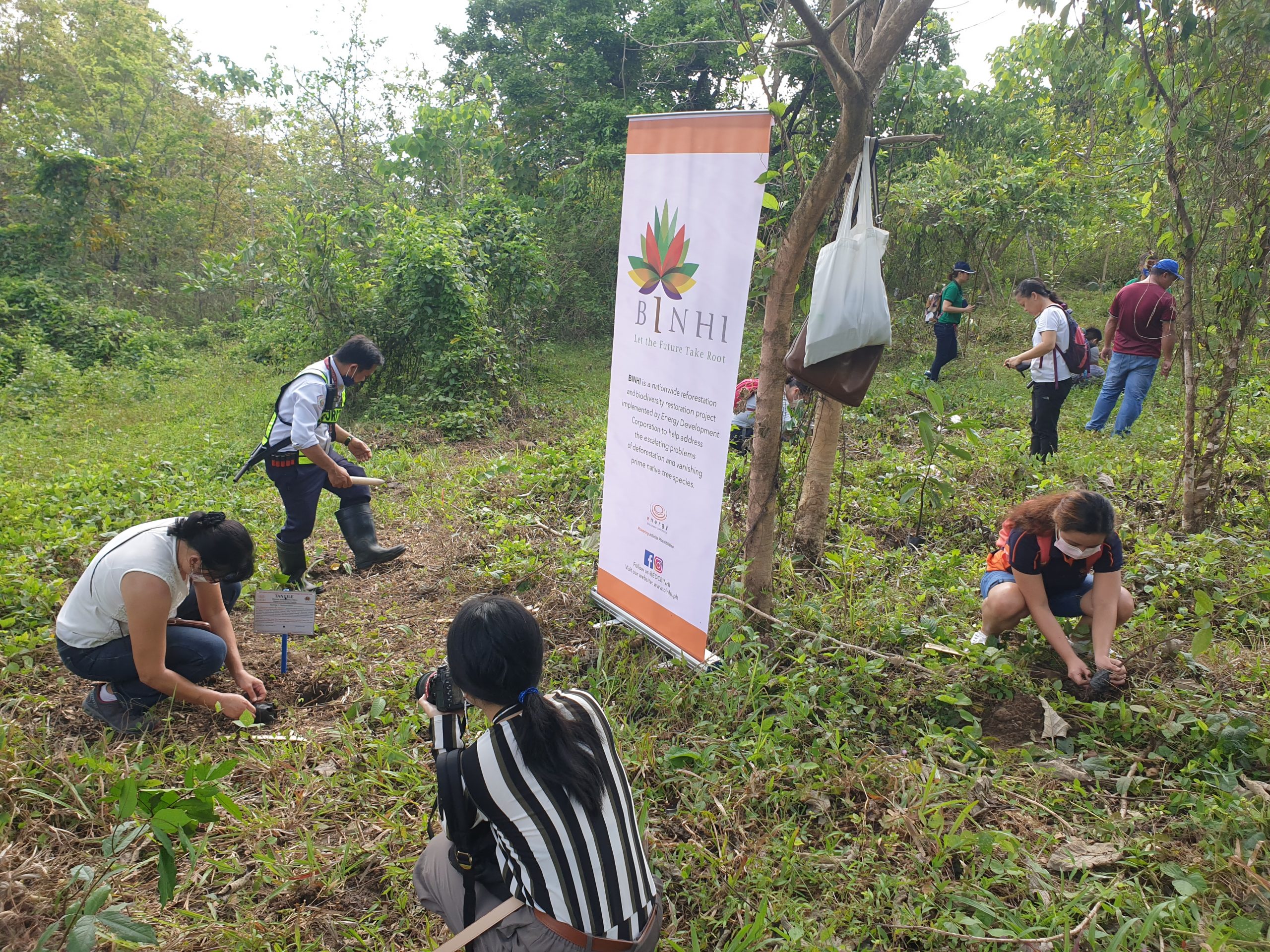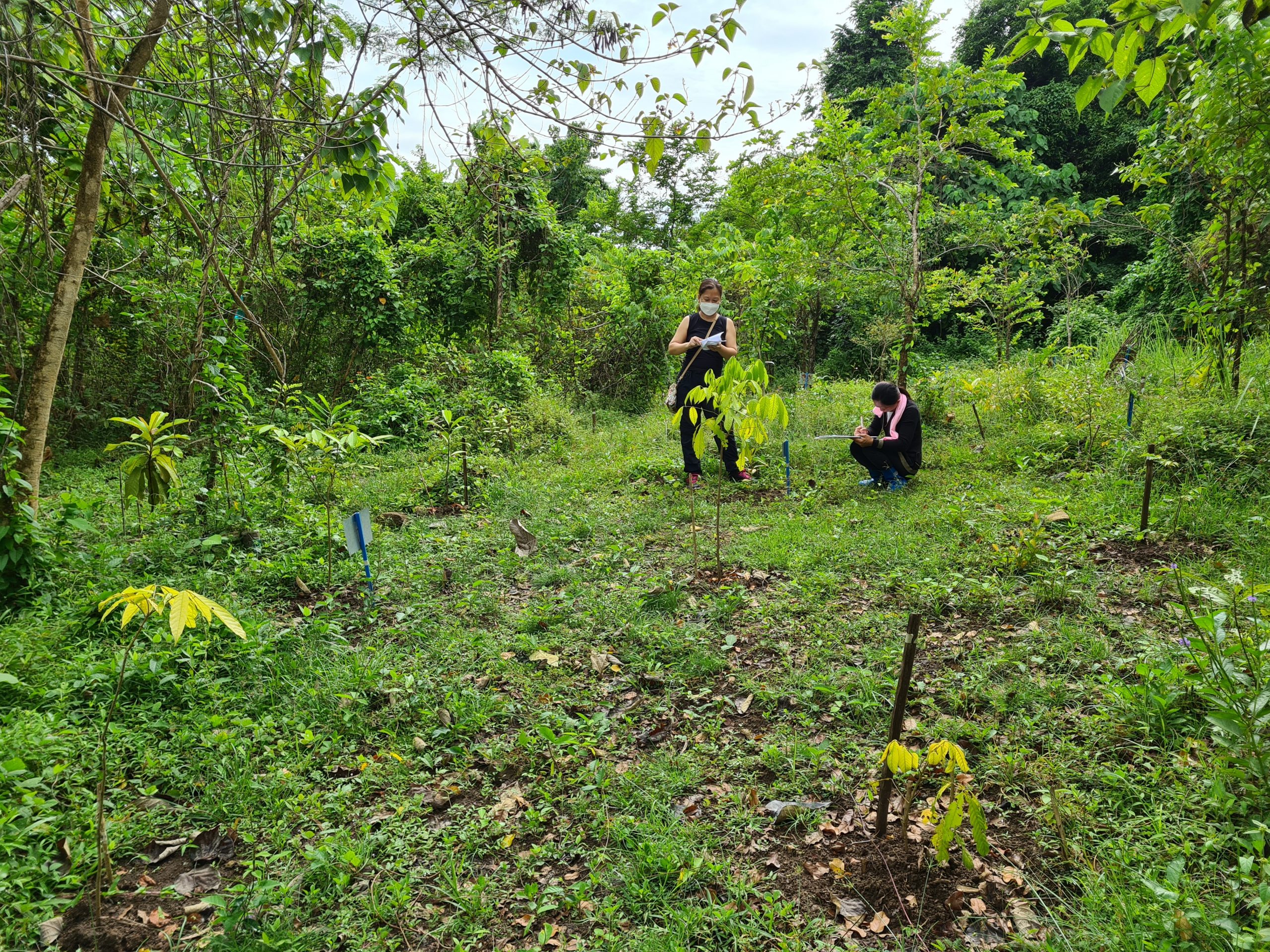Monitoring Threatened Tree Species, Philippines

-
Status of project
Completed -
Region
Asia -
Country
Philippines -
Programme
BGCI -
Workstream
Saving Plants -
Topic
Year in review 2022
Project funded via the Global Botanic Garden Fund.
Project completed: 2022
Silliman University Arboretum Operation and Monitoring of Threatened Native Tree Species of Negros Island, Philippines.
The project aimed to create an arboretum that houses threatened native tree species found in Negros Island, Philippines. Seedlings were acquired and transported from Energy Development Corporation to SU-EDC BINHI arboretum. The seedlings planted in two sites were monitored and maintained monthly.

The objectives of the project are the following: (1) conserve threatened native tree species of Negros Island through acquisition; (2) educate the public about the threatened native tree species, its importance, and propagation techniques; and (3) showcase the threatened native species of Negros Island to the public.

The three objectives of the project were met. A total of 201 threatened native tree seedlings were conserved through acquisition from EDC and planting of the tree species in the SU-EDC arboretum. The seedlings planted are thriving and growing. In fact, some species like Dillenia philippinensis started flowering. Planting propagation techniques were taught to 15 Silliman University Biology students as part of their on-the-job training. Forester Arnel dela Cruz of EDC shared his expertise during the conduct of the tree planting. Moreover, the SU-EDC arboretum was showcased to other Silliman University administrators and faculty, EDC staff, and community partners.

The project became a valuable tool for the success in the conservation of threatened native trees found in Negros Island Philippines. It doesn’t only positively impact biodiversity but as well in the widening of the knowledge of the people towards arboreta and conservation practices. Faculties, administrators, students, and the local community were educated of the importance of protecting threatened native trees through the establishment of arboretum.
Video credit: SU-EDC-BINHI-ARBORETUM (Jeanette Mara Tan and Esteven Theodore Nacar)